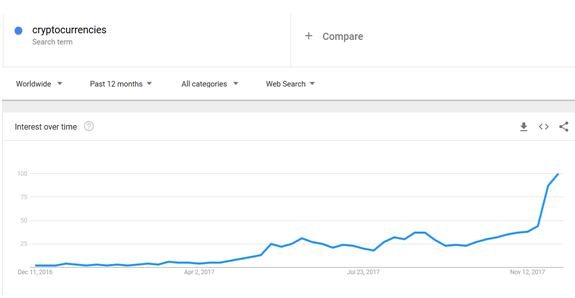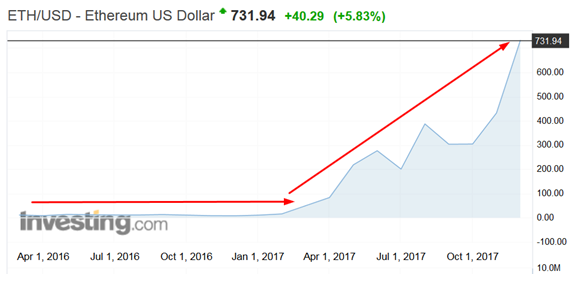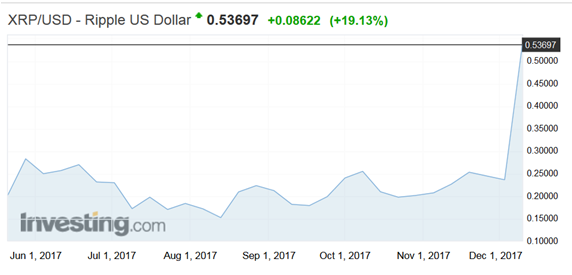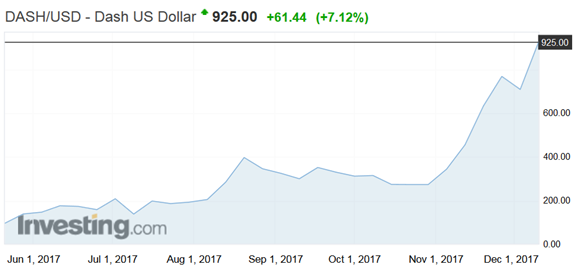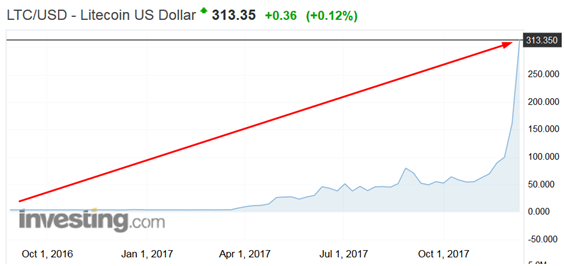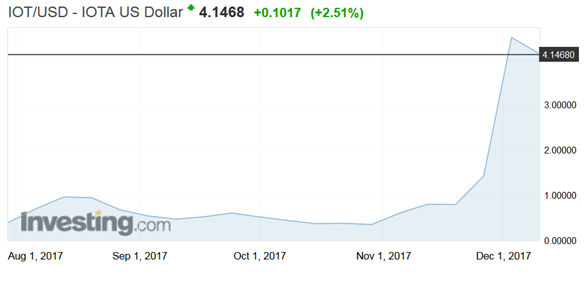
Using force to compel people to accept money without real value can only work in the short run. It ultimately leads to economic dislocation, both domestic and international, and always ends with a price to be paid.
– Former U.S. Congressman Ron Paul
He who holds the gold makes the rules.
– Old saying
Chris Lowe: Why did you start researching the petrodollar system and its potential unraveling?
Nick Giambruno: This has been on my radar since 2006. That’s when Ron Paul, then a Republican congressman, spoke to Congress about the collapse of the dollar-based global monetary system.
As I recently told my Crisis Investing readers, I think it’s his most important speech ever. It’s called “The End of Dollar Hegemony.”
During the speech, Dr. Paul lays out why a global monetary order built around a fiat currency is doomed to fail.
Crucially, he pointed out the one thing that would precipitate the US dollar’s collapse—the end of the petrodollar system.
I recommend reading the speech in full. But this is the most important part:
The economic law that honest exchange demands only things of real value as currency cannot be repealed. The chaos that one day will ensue from our 35-year experiment with worldwide fiat money will require a return to money of real value. We will know that day is approaching when oil-producing countries demand gold, or its equivalent, for their oil rather than dollars or Euros.
I discussed this with Dr. Paul at a past Casey Research conference. He told me he stood by his assessment.
In a nutshell, he’s saying we’ll know the dollar-centric monetary system is on its way out when countries start trading oil for gold instead of dollars.
That’s already starting to happen.
Chris Lowe: To catch up real quick, why is the petrodollar at risk?
Nick Giambruno: Under the current petrodollar system, all global oil sales are made in dollars. However, the Chinese government recently announced a new mechanism that will allow oil producers anywhere in the world to trade oil for gold.
China’s new mechanism will totally bypass the US dollar and the US financial system… along with any restrictions, regulations, or sanctions from Washington. So for many oil producers, it will be much more attractive than the petrodollar system.
I call it China’s “golden alternative” to the petrodollar. Whatever you call it, though, it will allow for the large-scale trade of oil for gold, instead of dollars.
Here’s how it will work. The Shanghai International Energy Exchange is launching a crude-oil futures contract denominated in yuan, China’s currency. This will allow oil producers around the world to sell their oil for yuan.
Of course, the yuan is a fiat currency, just like the dollar. And most oil producers don’t want large stashes of yuan. The Chinese government knows this. That’s why it’s linked the crude-oil futures contract with the option to efficiently convert yuan into physical gold through gold exchanges in Shanghai and Hong Kong.
Chris Lowe: How soon will this new system be up and running?
Nick Giambruno: I spoke with officials at the Shanghai International Energy Exchange. They told me they plan to go live with it before the end of the year, or shortly thereafter.
Chris Lowe: But isn’t that a good thing? Isn’t gold, as a currency, more reliable than the dollar?
Nick Giambruno: I think it’s high time gold played a more central role in the global monetary system. The problem is ditching the petrodollar would negatively affect the US economy.
Think about it. If Italy wants to buy oil from Kuwait… or Argentina wants to buy oil from Brazil… they have to buy dollars on the foreign exchange market first.
This creates a huge artificial market for dollars.
It means the US can simply print dollars and exchange them for real things like French wine, Italian cars, Korean electronics, or Chinese manufactured goods.
It also helps create a deeper, more liquid market for US Treasury bonds. This pushes up prices… and pushes down yields… which allows the US federal government to finance enormous and permanent deficits.
The petrodollar has allowed Washington to spend astronomical amounts of money on welfare and other benefits for over half the population. This gives Americans a much higher standard of living than they would have otherwise. Most of them don’t know this or understand how it affects their everyday lives.
Thanks to the petrodollar, Washington can also sanction or exclude virtually any country from the dollar-based global financial system at the flip of a switch. By extension, it can also cut off any country from the vast majority of international trade.
Chris Lowe: Others have argued that this has led the US Deep State into military actions against anyone who threatens the petrodollar system. Is the Deep State that scared about the effects this could have on the economy and on its position as the world’s top power?
Nick Giambruno: Let’s put it this way, world leaders who have challenged the petrodollar system have ended up dead. Saddam Hussein and Muammar Gaddafi are prime examples.
In October 2000, Saddam started to sell Iraqi oil in euro only. He said Iraq would no longer accept dollars for oil because it did not want to deal in the “currency of the enemy.”
A little over two years later, the US invaded Iraq. After Baghdad fell to US forces, all Iraqi oil sales were switched back to dollars.
And thanks to WikiLeaks’ release of Hillary Clinton’s emails, we know that protecting the petrodollar—not humanitarian concerns—was the main reason for America’s involvement in the ousting and killing of Libyan leader Muammar Gaddafi.
According to the leaked emails, the US—along with France—feared Gaddafi would use Libya’s vast gold reserves to back a pan-African currency. This gold-backed currency would have been used to buy and sell oil in global markets. It would have likely displaced the CFA franc—a version of the euro used in 14 central and west African nations.
As I’m sure you recall, the US and France backed a rebellion that overthrew Gaddafi in 2011. After his death, plans for the gold-backed currency—along with Libya’s 4.6 million ounces of gold—vanished.
Chris Lowe: What’s Russia’s role in all of this?
Nick Giambruno: The dollar is not just a currency. It’s a political weapon… and Washington is not shy about using it.
Most recently, it tried to punish Russia for its actions in Ukraine by imposing economic sanctions. This made it harder for Russia to access the dollar-based financial system. So it’s no surprise that Russia struck a deal to sell oil and gas to China for yuan afterward.
Chris Lowe: How big a deal is it that Russia is working with China on bypassing the dollar?
Nick Giambruno: Russia is one of the world’s largest energy producers. And China is the world’s largest energy importer. Historically, they would trade with each other exclusively in US dollars.
But the Shanghai International Energy Exchange futures contract will streamline and solidify the process of selling oil to China for yuan—or effectively for gold.
When two of the biggest players in the global energy market totally bypass the petrodollar system, it’s a very big deal.
And it’s not just Russia and China. Other countries want to sidestep the US financial system and US economic sanctions, too. China’s “golden alternative” will give them the option to do just that. This will make the US dollar a much less effective political weapon.
Take Iran, for example. It’s the world’s fifth-largest oil producer. And it’s now accepting yuan as payment for its oil. So is Venezuela, which has the world’s largest proven oil reserves. I think others will soon follow.
This all makes perfect economic sense. Oil-producing nations can continue with the petrodollar system and sell their oil for dollars. But there’s not much financial incentive to do that anymore. The Fed has deliberately pushed down US Treasury yields to “stimulate” economic growth. Plus, the system exposes US rivals to the whims of Washington.
Now oil producers have a second option. Through China’s “golden alternative,” they can sell their oil for yuan, then quickly and easily convert it to gold.
Unlike the dollar, gold is an international form of money with no political risk. From the perspective of an overseas oil producer—especially one with a poor relationship with the US—this is a no-brainer.
Chris Lowe: Russia may be one of the world’s largest oil producers. But Saudi Arabia is still the world’s largest oil exporter. And a lot of that oil goes to China, the world’s largest oil importer. The Saudis were also America’s partner in the petrodollar agreement back in 1974. Can’t the House of Saud use this influence to protect the petrodollar system?
Nick Giambruno: For now, the Saudis are refusing to participate in China’s “golden alternative.” That’s because selling oil for anything but dollars would break the petrodollar deal they made with the US back in 1974. Remember, the Saudis agreed to sell their oil exclusively in dollars in return for US arms and military protection.
Last year, on the campaign trail, Donald Trump said, “If Saudi Arabia was without the cloak of American protection, I don’t think it would be around.” He’s absolutely correct. If the Saudis started selling oil for yuan, they would immediately lose American diplomatic and military protection.
But Saudi Arabia is already looking for alternatives to American protection.
Chris Lowe: Who is it turning to?
Nick Giambruno: This is where the story gets really interesting. Russia and Saudi Arabia have been enemies for decades. The Saudis, along with the US, supported the Afghan mujahideen that drove the Soviet Army out of Afghanistan. The Saudis also supported a number of Chechen rebellions against Russia. And more recently, the Saudis and Russians have been on opposite sides of the Syrian Civil War.
But recently, the Saudi king—along with 1,500 members of his royal entourage—visited Moscow. It was the first official visit by a Saudi king to Russia. The trip coincided with a $10 billion Saudi investment in Russian energy projects and a $3 billion arms deal.
As part of that deal, the Saudis will buy Russia’s S-400 missile system. It’s arguably the most capable air defense system in the world. It’s a powerful deterrent to even US fighter jets.
Chris Lowe: I didn’t know the Saudis bought Russian weapons systems.
Nick Giambruno: They didn’t… up until now. Ever since the birth of the petrodollar, the Saudis have depended on American military protection. After all, it’s what they get in return for pricing their oil in dollars.
Chris Lowe: So why would the Saudis enter into an arms deal with Russia?
Nick Giambruno: The Saudis are hedging their bets. First, they’re not buying an American-made air-defense system. Second, they’re buying a Russian air-defense system that’s capable of deterring an American attack. The House of Saud is making significant moves, in other words, to give itself alternatives to American protection.
Chris Lowe: Is there any other evidence that Saudi Arabia is moving away from the US?
Nick Giambruno: Last August, Saudi Arabia announced it was willing to issue “Panda bonds” to finance its government spending deficit. These are yuan-denominated bonds from non-Chinese issuers that are sold in China.
This is remarkable. The Saudi currency, the riyal, is pegged to the dollar. Up until this point, Saudi Arabia has exclusively used US dollars for all of its major financial initiatives. Issuing debt in yuan is a significant move. It means that financially, Saudi Arabia is drifting closer to China.
Chris Lowe: Why does Saudi Arabia need to hedge its bets like this?
Nick Giambruno: A few years ago, Saudi oil made up over 25% of Chinese oil imports. They were Beijing’s No. 1 supplier. Today, the Saudis’ market share has dropped below 15%.
The Saudis are losing massive market share and getting pushed out of the biggest oil market in the world—mainly because they refuse to sell oil to China in yuan.
China has made itself clear. It’s willing to expand business with anyone who will accept yuan as payment.
Chris Lowe: If the Saudis bow to Chinese pressure, where does all that leave the petrodollar system?
Nick Giambruno: The Saudis haven’t made a clean break with the US and the petrodollar—yet. But they are drifting toward China financially and Russia militarily. These moves are already sidelining the petrodollar. The Saudis are clearly setting up the option to dump the petrodollar.
If the Saudis start to sell oil to China in yuan, it would kill the petrodollar overnight.
Short of that, things still look very dire for the petrodollar. What is baked into the cake—thanks, in large part, to China’s “golden alternative”—is the petrodollar’s significant erosion.
Chris Lowe: What specific advice do you have based on this prognosis?
Nick Giambruno: The increased demand for gold from China’s “golden alternative” to the petrodollar is going to shock the gold market. And this demand shock clearly hasn’t been priced into the gold market yet. As many of your readers will be aware, gold is still down significantly from its 2011 peak.
That’s why I am so bullish on gold right now. As the petrodollar dies, gold is going to replace it as the go-to currency for the oil trade. That makes the yellow metal the single best way to profit from this major shift in our monetary order.
I started warning about the end of the petrodollar late last year. That’s when I told Crisis Investing readers that the death of the petrodollar would be the No. 1 black swan event of 2017.
Eventually, people will look back and see China’s “golden alternative” as the catalyst that made it happen.
Editor’s Note: Few people appreciate how unstable America’s monetary system is. Our colleague and financial world legend Bill Bonner has an unparalleled track record for making spot-on political and economic predictions… and he says we’re teetering on the edge of a full-fledged economic shutdown. Click here for more straight from Bill.







